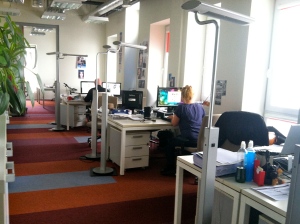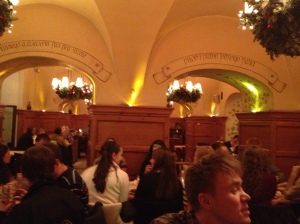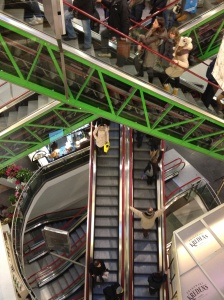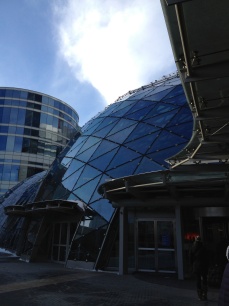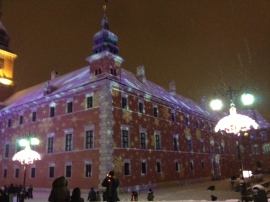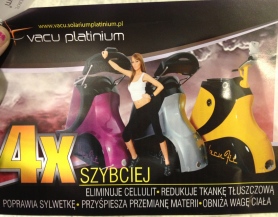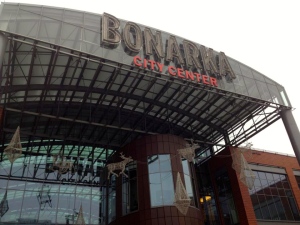Immersing ourselves in the Polish culture through visits to malls, city centers, historical and cultural locations has taught us a lot about the Polish consumer. Using ethnographic methods, we observed and interacted with shoppers, ultimately leading us to a better, richer understanding of their consumption habits and values. One thing that we noticed throughout the trip was Poles consideration of price. During our lecture at the Krakow University of Economics, we learned that cost is usually the most important factor while making purchases. People here are less likely to let a brand determine whether they will buy it; they often rely solely on what will be the cheapest option. This mentality was reinforced at each of the shopping centers we visited, as nearly all stores featured prominent advertisements of sales and discounts. Though this is partially due to the post-Christmas markdowns we also see in the States, we noticed that the prices were almost more important than the products themselves.
We have also experienced that the Polish population in general is much less open and friendly than people of other countries are (specifically, the United States). Most of the people we have talked to agree with this observations; they have noticed that we, as Americans, laugh and smile openly much more often that the local people.
Agencies in Poland use these two notions (Poles “closed” demeanor and sensitivity to price) in their advertisements. They know to use functional (as opposed to emotional) appeals in their ads. During our visit to the agency, one of our hosts said that they adapt their advertisements to emphasize functionally instead of feelings.
We also have observed that Poles appreciate convenience. Each of the shopping centers we visited included a large store that sold groceries, clothing, workout equipment, electronics, home products and more. These retailers were only accessible from inside the mall, so many consumers were able to visit the mall for everything on their shopping list. Instead of traveling to many different locations to pick up all the goods they need, consumers here find malls to be a one-stop shop. Because the Polish utilize mass transit more than Americans in many cities do, this convenience allows shopping to be a quick and easy experience. In studying our product category, we found that even health club facilities are usually located near or within malls–after work, consumers are able to stop by the mall for a workout, a new outfit and food for dinner without even leaving the same building!
In addition to our research about consumerism, advertising and promotion, we have also gotten the chance to learn so much about Polish history while visiting this beautiful country. We’ve learned about the hardships the population has faced, making us appreciate it’s current state even more. In Krakow, we immersed ourselves in the rich history of Old Town, Wawel Castle, Auschwitz and other monumental locations. In Warsaw, we’ve seen evidence of the country’s more recent work rebuilding the capitol after complete destruction in WWII. It has truly opened our eyes to a part of the world much different than our home, and has been an experience that has added so much to our Drake education. Thanks for following our blog throughout our trip!
Na zdrowie!
Maria, Sarah, Nick and Jenny


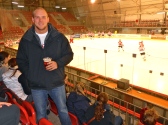
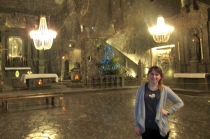

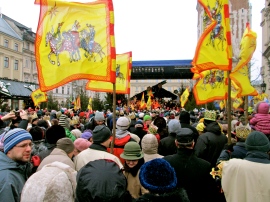
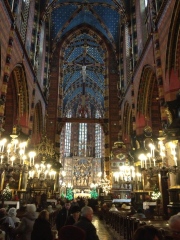





 every way imaginable. The clinks from our glasses as we saluted our new friends will be a life-long memory.
every way imaginable. The clinks from our glasses as we saluted our new friends will be a life-long memory.
